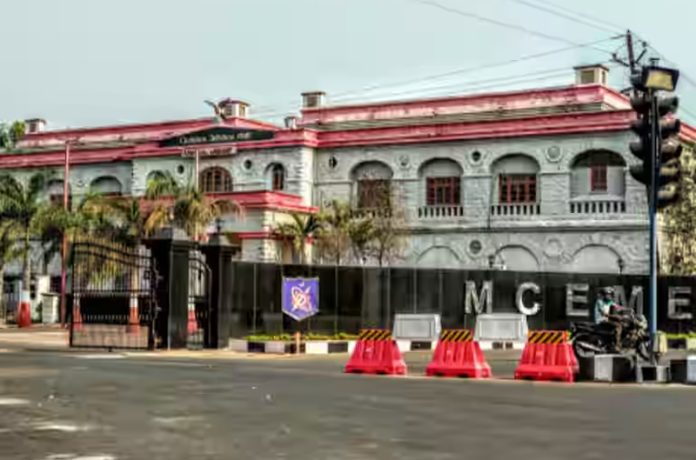The Army Chief underscored the auspicious strides made in the military’s transformative trajectory during his address at the 104th convocation ceremony held at the Military College of Electronics and Mechanical Engineering (MCEME). Acknowledging the formidable initiation of the transformation roadmap, he emphasised the imperative need for unwavering focus and momentum across all the pivotal pillars delineated in the strategic plan. Over the past decade, the landscape of warfare has undergone a radical transformation, as exemplified by contrasting scenarios in the Ukraine-Russia conflict and the Hamas-Israel confrontation. The conventional nature of the Ukraine-Russia war showcased the emergence of private military entities engaged in armed conflict on behalf of nations. Meanwhile, the Hamas-Israel confrontation highlighted the efficacy of surprise attacks leading to swift territorial occupation.
Gone are the days of traditional warfare; as underscored by the Army Chief, contemporary forces must undergo strategic pruning to confront multi-pronged attacks encompassing traditional warfare and cyber warfare. The critical shift lies in recognising that adversaries perpetually seek vulnerabilities in a nation’s preparedness across all fronts. Any lapse in readiness can incur substantial long-term costs. Multipronged efforts, both internal and external, aim to weaken the country, necessitating military preparedness for any conceivable eventuality. Troop movements alone no longer define warfare; it has evolved into a high-tech arena featuring autopilot aircraft, drones, AI, and cyber warfare. India, with two nuclear neighbours exhibiting hostile intentions, faces the formidable challenge of safeguarding an extensive border under extreme weather conditions in regions like the North-East, Jammu & Kashmir, Ladakh and deserts on Western front. The perpetual subzero temperatures endured at Siachen, the loftiest battleground globally, and the austere climatic extremities of Ladakh demand a perpetual state of vigilance from the armed forces. The prevalence of spyware software, capable of extracting information directly from cellphones, underscores the urgency of efforts to establish secure internal communication channels.
Indigenization emerges as the quintessential strategy, recognising the financial implications of procuring foreign-made drones, autopilot systems, or any equipment, all while safeguarding the nation’s security imperatives. A monumental stride in this pursuit is the development of the indigenous Light Combat Aircraft (LCA) Tejas, signifying a pivotal breakthrough. India must embark on the arduous task of developing indigenous drones, autopilot aircraft, and cutting-edge warfare apparatus. The imperative is to swiftly diminish reliance on imported technologies, an agenda that the Government has conscientiously prioritised in recent years. The trajectory of modernization and technological ascension constitutes an unceasing progression devoid of room for complacency. The current regime has prioritised enhancing road networks along the border, constructing helipads at forward posts for swift deployment, and consistently modernising the armed forces. The focus on “Make in India” underscores the importance of developing indigenous technologies and reallocating saved resources to future research and development. Cost-cutting measures, including reassessing the budget for salaries and pensions, are integral to this strategy.
In the crucible of challenges, the nation must not disregard the persistent spectre of terrorism that has loomed over the armed forces for the past four decades. The Indian Army, distinguished by its professionalism and unwavering capabilities, stands poised to confront any adversarial incursion. The pragmatic counsel imparted by the Army Chief to the cadre of young officers encapsulates a stark reality, one that demands an earnest and resolute response from these officers. The Army Chief aptly advises young army technocrats to become masters of versatility, acknowledging the unpredictability of the enemy’s attack angles. Awareness of the evolving landscape is crucial; technological updates, indigenous solutions for missile defence and drone detection, and the development of parallel media platforms for internal communication are paramount. Amidst the rapid and dynamic changes, the armed forces must remain vigilant and continuously updated to counter challenges in diverse forms. The current state of affairs demands constant alertness and a proactive approach to navigate the multifaceted challenges of modern warfare.
Trending Now
E-Paper


